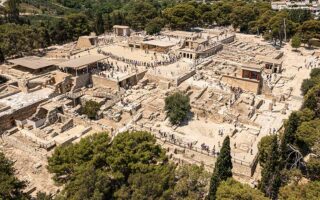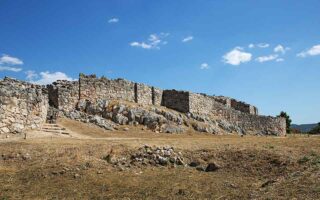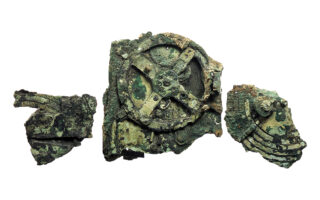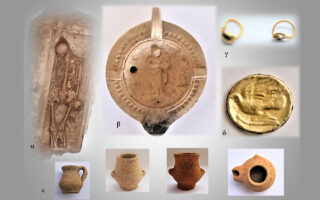Scientists find evidence of eruption that is rewriting ‘Santorini’s geological history’
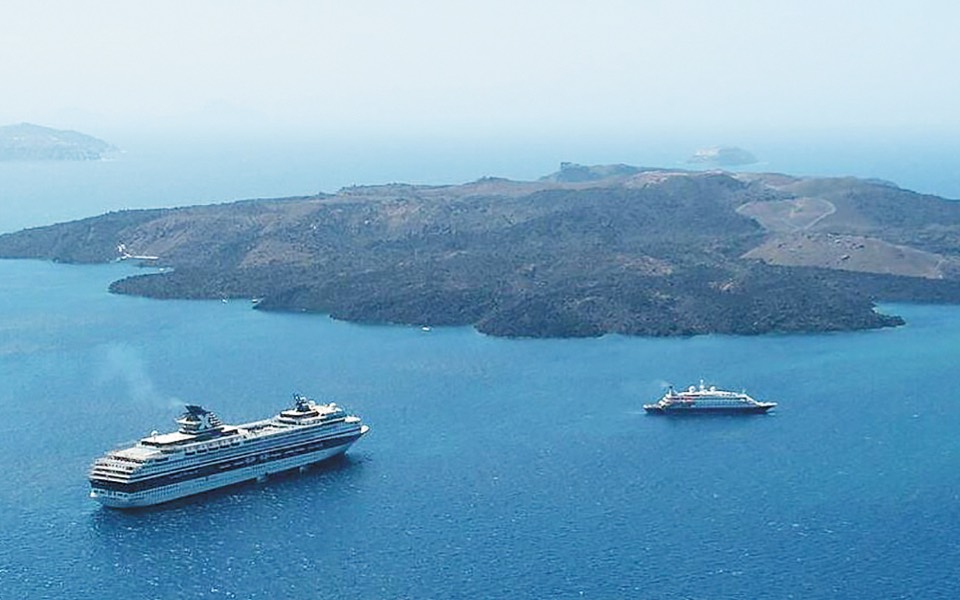
Evidence of a previously unknown underwater eruption, one of the largest in the southern Aegean volcanic arc and older than the one that wiped out the Minoan civilization, has been discovered by a multinational team of scientists on the island of Santorini.
The discovery “is rewriting Santorini’s geological history,” according to Paraskevi Nomikou, a lecturer at the Aristotle University of Thessaloniki’s Geology Department and one of the scientists on the mission.
The results of the team’s discovery have been published in the Nature Group journal “Communications Earth & Environment.”
According to the paper, the team identified a giant pumice deposit, dubbed “Archaeos Tuff,” which suggests that a shallow underwater eruption of Santorini’s prehistoric volcano took place around 520,000 years ago (with a possible deviation of 10,000 years).
Thin volcanic pumice deposits from the eruption covered three islands. Strikingly, this deposit is six times larger than the pyroclastic flow deposits of the great explosion that occurred during the Late Bronze Age (about 3,600 years ago) and contributed to the decline of the Minoan civilization on Crete.
Speaking to the Athens-Macedonian News Agency after the paper’s publication, Nomikou explained that the existence of these ash deposits also on land “highlights the importance of deep subsea drilling to reveal all the secrets of island volcanic arcs, especially in densely populated areas such as the Mediterranean.”
As the new data show, the Christiana-Santorini-Kolumbo volcanic field was much more explosive in the distant past than was previously known, but despite this violent early history, it is highly unlikely that the Santorini volcanic complex will have another eruption of this magnitude in the near future.
A combination of deep drilling, large multidisciplinary datasets, laboratory analyses and a dense network of marine seismic profiles were used to discover the submarine pumice deposit.
“The findings from the underwater exploratory drilling are changing the current understanding of the volcanic arc of the southern Aegean,” Nomikou said.
This oceanographic mission, conducted from December 2022 to February 2023, involved 32 scientists from nine countries.
